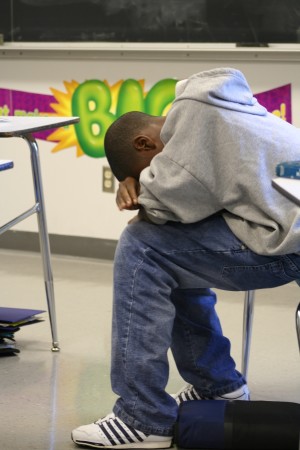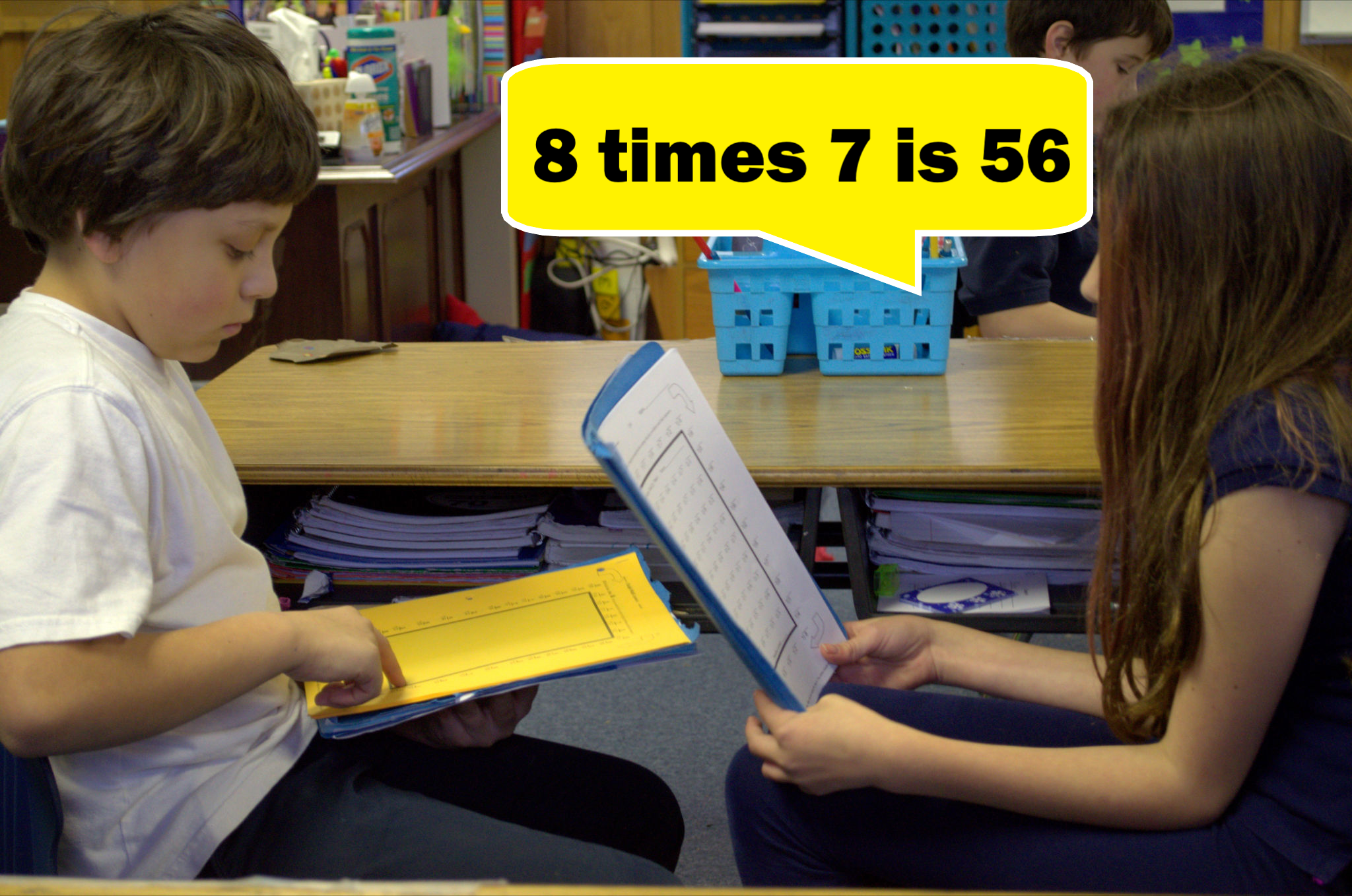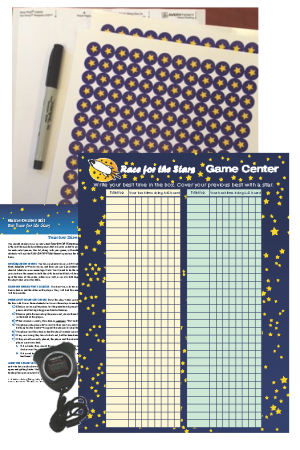Erica writes:
My son currently is in second grade and uses Rocket Math in his school. He has been doing addition and is on Level “S”. Most of his class has moved onto subtraction and multiplication.
My concern with him is where does this leave him next year in 3rd grade?? Is he left behind? He knows the addition facts orally but fails to meet his goal on the 1minute drills due to his anxiety and frustration with being timed. He struggles to move forward even though he knows his addition facts!
With this scenario, how does Rocket Math help? How will he ever move on to learn subtraction and multiplication? He’s a smart kid but can’t seem to succeed with this method!
Please help me to see otherwise!
Dr. Don answers:
Erica, I can see why you are frustrated. Students should not take more than three to five days to pass a level in Rocket Math and no more than a year to pass an operation such as addition. The rule is: If you child is frustrated by Rocket Math–it isn’t being done right! The school should not be complacent and should not leave your son to fall way behind his classmates. If a student takes longer than six days to pass a level I recommend that the school or the teacher should intervene. Interventions should happen in a matter of days, rather than allowing students to stall for weeks or months. You are writing in response to my post, so you know you can read the directions, even get the program and work with your son at home to help him. What interventions should be tried with your son?
1. My first intervention would be to practice Level S test (inside the box) orally with your son in the evenings once or twice. If he has been on Level S for a long time, there are facts on the test that need review–through oral practice. Use the same correction procedure we recommend everywhere: if he makes any hesitation, give the correct problem and answer, have your son repeat it three times, then back up three problems and go again. A couple of days of that and he should pass handily at school.
2. If that didn’t help your son pass in two days, my second intervention would be to watch your son take a written test and see what is going on, see if there is evidence of frustration, or anxiety, or if there are behaviors during testing that are interfering with good test results. If you want to send me video of your son taking the test at home, I could probably tell what is the issue that is holding him back. There may be some test-taking behaviors he can learn, such as not stopping during the test, or not erasing sloppy answers, which would improve his test results.
3. The third intervention I would do is give the Level S test orally. There are a number of reasons a student might not be passing and I have blogged and have video clips on YouTube that address what to do with students who are “stuck.” You write that you know that he “knows his facts.” Probably because when you ask him a fact, he can answer it immediately, without having to stop and figure it out. If that is true he should be able to verbally tell you the answer (not read the problem, just say the answer) to 40 facts in a minute at Level S. You could test him at home to find out if he does know the facts at Level S. If he can orally answer 40 facts on the Level S test, he knows the facts well enough and should have passed. If he is not passing the written test even though he can verbally say the answer to 40 facts in a minute, then his writing goal is off for some reason. Another piece of data that would suggest his writing goal is off, is if he has been stalled at some rate of problems and hasn’t improved his rate for a week. That suggests that that number of facts (whatever it is) is all he can actually do, and his writing goals need to be revised down to the number he can write when taking a one-minute written test (assuming he is on a level on which he can verbally answer 40 problems in a minute). In a couple of places in the directions (FAQs), I explain that, so you can share with the teacher.
4. What if, as you suggest, he is freezing up during the written test due to “anxiety and frustration with being timed?” The best way to overcome anxiety is to keep doing the thing that makes you anxious, which is why most students stop being anxious about Rocket Math after a couple of weeks. A fourth intervention would be to practice taking the test in writing–but untimed. If he completed all the items on the test several times at home, untimed, he would stop being so anxious about doing it under timed conditions. Most students also understand why they are being timed (to see if they know the facts without hesitation). He will not get unduly frustrated if you explain to him this is just a race and if he doesn’t give up he will keep getting better until he wins. Of course, if his writing goal is too high and he can’t possibly meet the goal, he will become frustrated.
5. If your son cannot already orally say the answers to 40 problems on the Level S test in one minute, he needs some more practice. My fifth intervention would to practice with your son–be his partner. He may not have a conscientious partner at school and may not be getting the most out of his 2 minute practice time. I routinely find that when I practice with students (the right way with correcting hesitations as well as errors) even once, they suddenly pass or come very close. The quality of the practice is critical to learning to answer these facts without hesitation. If practice allows students to stop and figure out the fact every time they will take a very long time to get to knowing those facts instantly. If that is the case, if you practice orally with your son once or twice an evening at home, the right way, he will begin to pass every few days at school. He will finish addition this school year.
In third grade I recommend that all students start multiplication at the same time even if they have not “finished” subtraction. Multiplication facts are far more important, so subtraction facts can wait. If you closely follow your son’s progress in learning multiplication facts with Rocket Math, you can intervene in time to make sure he does not get frustrated or fall behind. It should take him three to five days to pass a level, but no longer than that. With some extra practice at home you can be sure he will be successful. Knowing basic facts instantly will be very important for him, so don’t give up!












